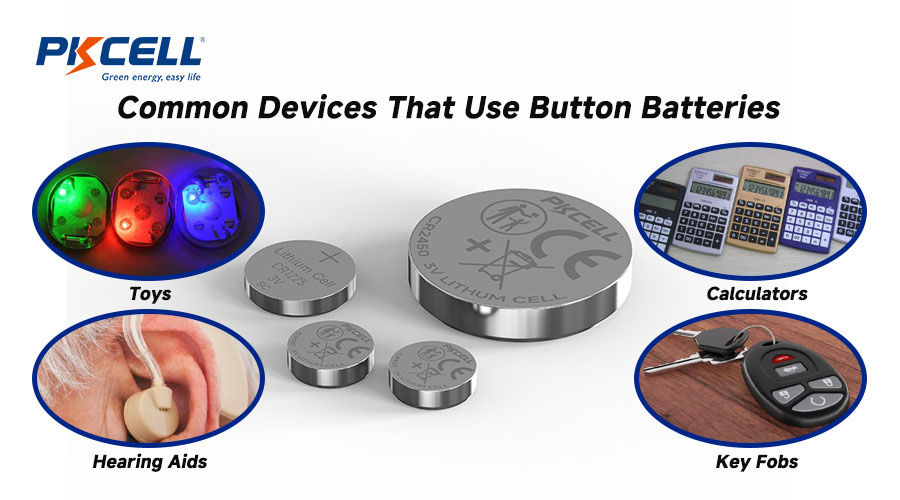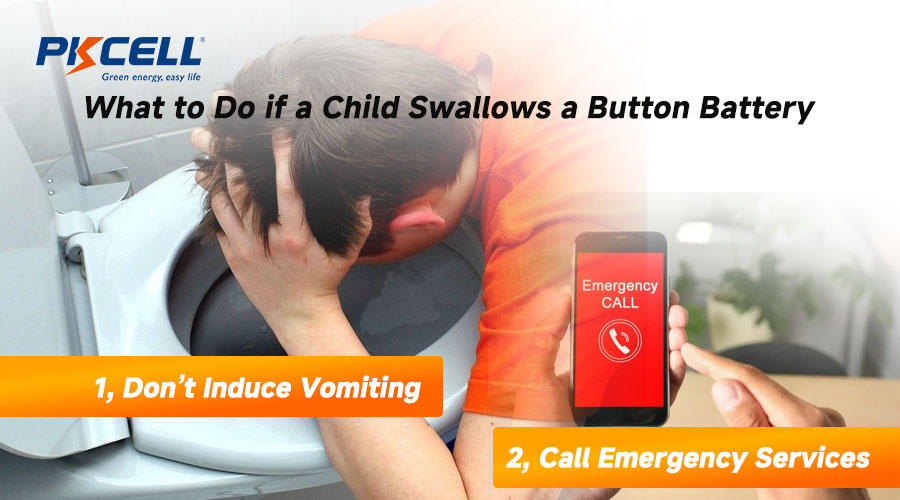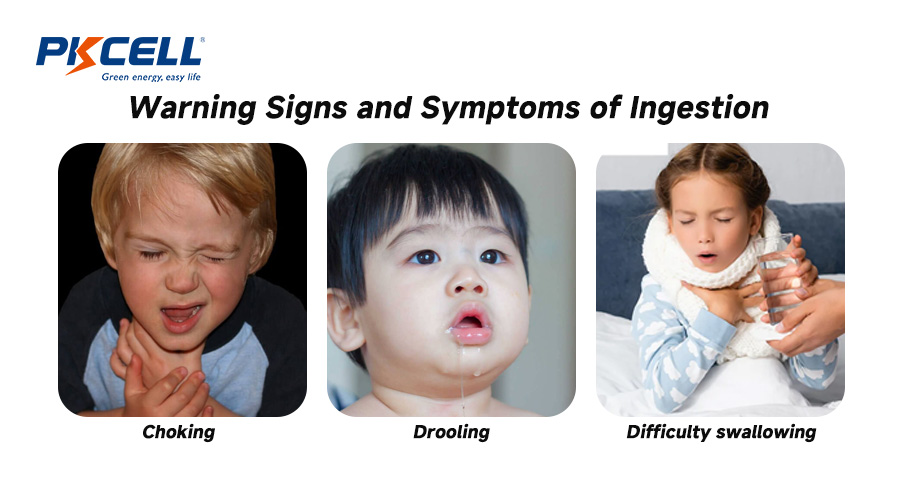Button batteries, despite their small size, are powerful little energy sources commonly found in everyday gadgets. While they are essential for powering devices like toys, hearing aids, and watches, their compact size also makes them a hidden danger. If swallowed, they can pose significant risks to children, causing severe injuries or even death. This guide will explain what button batteries are, why they can be dangerous, and how to prevent accidents, all while ensuring safety during their use.
What Are Button Batteries and Where Are They Used?
Overview of Button Batteries (Types, Sizes, and Voltages)
Button batteries, also known as coin cells. They are small, round batteries that come in a variety of sizes, typically ranging from 3mm to 30mm in diameter. They are available in several chemistries, including lithium, alkaline, and silver oxide.
Common voltages for button cells are 1.5V, 3V, and 3.6V, with the most well-known being the 3V coin cell. These batteries are used in countless everyday devices due to their small size, providing just the right amount of power needed for certain applications. While their small size and high energy density make them efficient, these same features make them dangerous if ingested.
Common Devices That Use Button Batteries
Button batteries are typically used in small electronic devices, including toys, hearing aids, watches, calculators, and key fobs. They can also be found in medical devices like glucose monitors, thermometers, and remote controls. In toys, button batteries are often used in interactive features like lights, sounds, or movement. These devices can be highly attractive to young children, who may not recognize the dangers of a button cell.
Why Button Batteries Are a Safety Concern
The main concern with button batteries is that they are easy for young children to swallow due to their small size. The batteries may also get lodged in the throat, esophagus, or stomach, causing severe harm. They pose a unique risk because of their ability to conduct electrical currents and generate chemical burns, which can cause irreversible damage to internal tissues within just a few hours of ingestion.
Risks of Button Battery Ingestion and How to Recognize It
How Button Batteries Can Be Swallowed or Ingested
It is common for children under the age of five to swallow button batteries, sometimes mistaking them for candy or small coins. They may accidentally ingest them while playing with toys, remotes, or other household items containing button batteries. The small size of the button battery makes it difficult for parents and caregivers to notice when one is missing or when a child has ingested it.
Warning Signs and Symptoms of Ingestion
When a button cell is swallowed, it can lodge in the child’s throat or digestive tract, which causes immediate symptoms like choking, drooling, and difficulty swallowing. Some children may complain of stomach pain, vomiting, or have trouble breathing. It’s crucial to monitor children closely, especially if they are playing with toys or devices that contain button batteries.
The Dangers of Button Battery Ingestion
Once a button battery is ingested, it can cause severe chemical burns in the esophagus, stomach, and other digestive organs. This is due to the electrical charge from the battery interacting with the tissue. The electrical shock generated by the battery can cause damage that is irreversible and life-threatening, particularly in children. A battery that becomes lodged in the body can also create a circuit, leading to continuous energy discharge, causing significant burns or internal bleeding. The risks are high, and immediate action is essential.
What to Do if a Child Swallows a Button Battery
Immediate First Aid Steps (Don’t Induce Vomiting, Call Emergency Services)
If a child swallows a button battery, do not induce vomiting. This can cause the battery to move into the lungs, leading to even more severe complications. Instead, immediately call emergency services or take the child to the nearest emergency room. It’s important to act quickly, as every minute counts in reducing potential harm.
Why Prompt Action is Critical (24-Hour Window to Prevent Serious Harm)
The most critical time window for treatment is within 24 hours of ingestion. After this period, the battery’s corrosive effects can cause permanent damage, including scarring and narrowing of the esophagus or other internal organs. If the battery is not removed within this time frame, the likelihood of serious long-term injuries increases.
Emergency Room Protocols for Button Battery Ingestion
Upon arrival at the emergency room, medical professionals will likely perform an X-ray to locate the battery. Depending on its location, treatment may include using endoscopy to remove the battery or other procedures to prevent further damage. In some cases, surgery may be required if the battery has caused severe tissue damage.
Long-Term Effects of Button Battery Injuries
Even after the button battery is removed, long-term effects can include esophageal scarring, narrowing of the airway, and stomach perforation. In some cases, permanent damage to organs and tissue may require ongoing medical care and treatment.
How to Prevent Button Battery Accidents
Safe Storage Practices
One of the best ways to prevent button battery accidents is to keep batteries out of children’s reach. Store spare batteries in childproof containers. For devices that use button batteries, ensure the battery compartments are securely fastened and can not be easily opened by children.
Button Battery-Operated Devices: Design Recommendations for Safety
Manufacturers and designers should ensure that devices containing button batteries are made with child-resistant battery compartments. Batteries should not be easily accessible, and compartment doors should require a tool or special effort to open. This design can dramatically reduce the risk of children accessing the battery and putting it in their mouth.
Educating Parents and Caregivers on Button Battery Risks
Education is key to preventing accidents. Parents and caregivers should be informed about the risks associated with button batteries. They should be taught how to recognize the symptoms of battery ingestion and understand the steps to take in an emergency.
Conclusion
Button battery safety is a shared responsibility between manufacturers, parents, caregivers, and educators. By following safety guidelines, we can significantly reduce the risk of accidental ingestion and injury.
FAQs
What should I do if my child swallows a button battery?
If a child swallows a button battery, do not induce vomiting. Call emergency services immediately. Time is crucial, as prompt treatment within 24 hours is necessary to avoid serious harm.
How do I know if a battery is safe in a toy?
Look for devices with child-resistant compartments and follow safety standards such as UL and IEC. Always keep the battery compartment securely closed.
What are the risks of button battery ingestion?
Ingesting a button battery can lead to chemical burns, internal bleeding, and organ damage. It can also cause electrical shocks, which may result in permanent harm.
How can button battery injuries be prevented?
Prevention includes childproofing battery compartments, keeping devices out of children’s reach, and using clear warning labels. Educating parents and caregivers is also crucial.
Are there any safety standards for button battery devices?
Yes, there are safety standards such as UL, IEC, RoHS, and child-resistant packaging regulations to minimize the risks associated with button battery-powered devices.
Post time: Sep-24-2025








